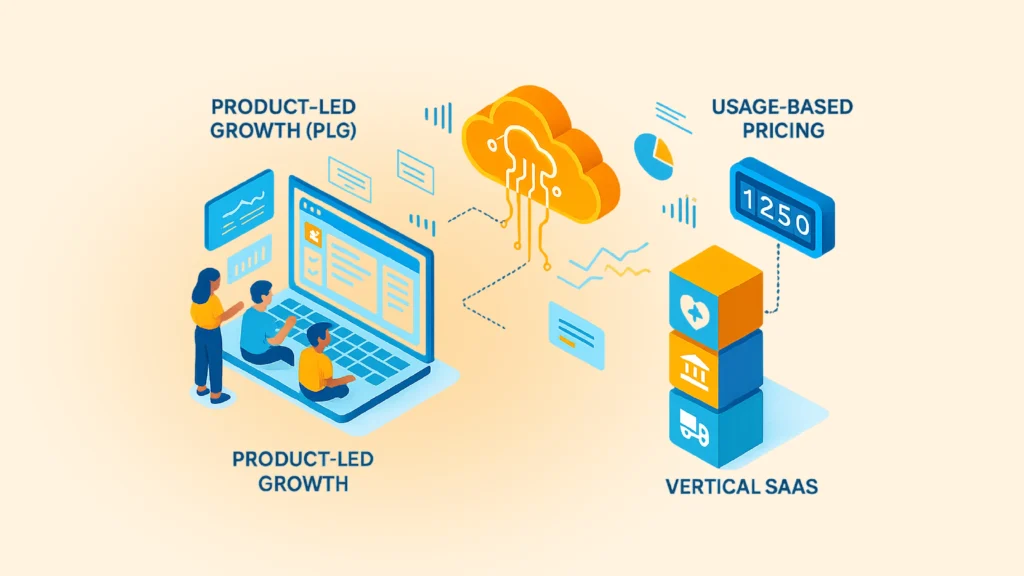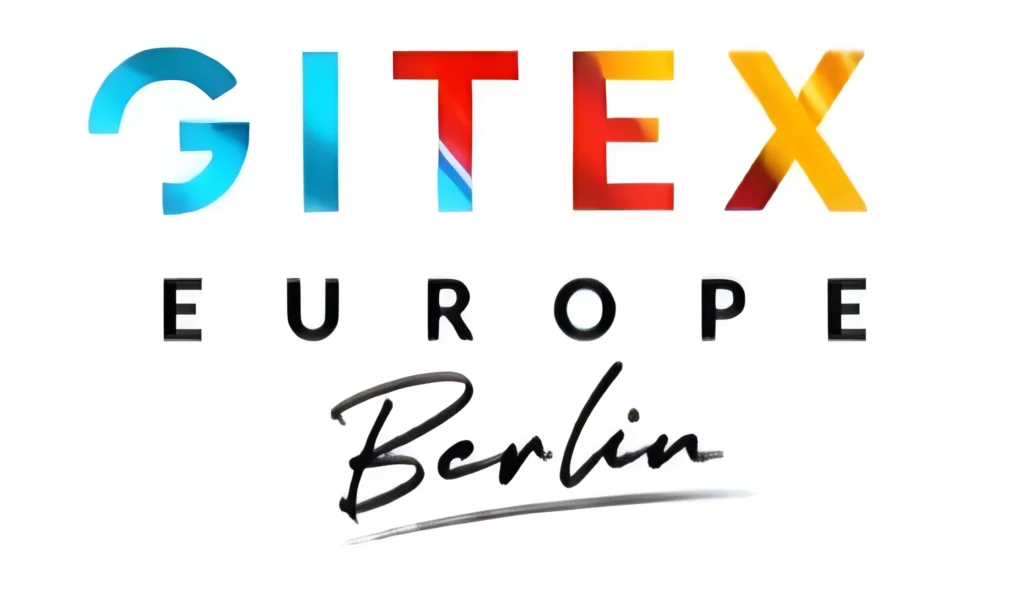How React Native Speeds Up Cross-Platform App Development
How React Native Speeds Up Cross-Platform App Development
- September 29, 2025
- 13 Mins Read
Introduction
Mobile apps are everywhere now. There are millions of them on both iOS and Android app stores. This means businesses need to be on both platforms to reach all their customers. But building separate apps for each platform takes a lot of time and money. Most companies don’t have unlimited resources. They need to launch their apps quickly before competitors beat them to market. This is where cross-platform development becomes really important.
React Native app development offers a practical solution to this problem. It’s a framework that lets developers build apps for both iOS and Android using just one codebase. Created by Facebook (now Meta Platforms), React Native has become super popular with developers. Big names like Instagram, Walmart, and Uber Eats have been known to use it. The framework delivers native-like performance, which cuts development time nearly in half. For businesses looking to launch quickly without blowing their budget, React Native might be the perfect choice. In this article, we’ll explore exactly how React Native speeds up the app development process and why so many companies are choosing it.
React Native App Development at a Glance
What Is It?
React Native is a framework created by Facebook back in 2015. It uses JavaScript, which is one of the most popular programming languages presently available. The big idea is simple but powerful: developers can write code once and deploy it on both iOS and Android. React Native uses JavaScript to create the app logic, then connects to native components on each platform. This gives you the benefit of native performance without duplicate work.
Why It's Popular
The numbers speak for themselves. According to Statista, nearly 40% of developers use React Native for cross-platform mobile app development. That’s a huge chunk of the market. Companies choose it because it saves time and money without sacrificing quality. The job market reflects this popularity, too. React Native development services are in high demand, with thousands of job postings looking specifically for this skill set. For businesses, this means it’s easier to find developers who can work on their apps.
Core Advantage
React Native’s biggest strength is how it balances three things that usually work against each other: speed of development, efficiency, and performance. Traditional native app development gives you great performance, but takes the longest. Web apps are quick to build but often feel sluggish. Native mobile app development hits the sweet spot in between. You get near-native performance because the framework connects directly to the platform’s native components. Development happens faster because you’re writing one codebase instead of two. And the whole process is more efficient, letting small teams build powerful apps that would normally require separate iOS and Android specialists. For businesses with tight deadlines or limited resources, this combination is hard to beat.
How React Native Accelerates Development
Unified Codebase
The biggest time-saver with React Native mobile development is writing just one codebase. Developers don’t need to create separate versions for iOS and Android. This cuts development time by up to 50% right from the start. The same team can handle both platforms, which means better communication and fewer handoff problems. It also makes maintenance much easier. When you need to fix a bug or add a feature, you do it once instead of twice. This unified approach extends beyond just phones too. The same codebase can often work for web apps and even desktop applications with minor changes.
Hot Reloading
Hot reloading is like magic for developers. It lets them see changes instantly without restarting the app. Make a change to your code, save it, and boom – you see the results right away. Traditional development requires rebuilding the entire app for every little change, which wastes hours each day. With hot reloading, developers can try different approaches in real time. They can fix bugs while keeping the app in its current state. This rapid feedback loop speeds up development dramatically. It’s like the difference between mailing a letter and sending a text message.
Declarative UI
Native API Access
Mobile apps need to use device features like cameras, GPS, and sensors. React Native makes this easy with built-in bridges to native APIs. They can access these features directly through React Native’s simplified interfaces. If they need something more specialized, the community has probably already built a package for it. There are ready-made solutions for everything from biometric authentication to payment processing. This saves weeks of development time compared to figuring out each platform’s specific requirements.
Boosting Performance for Faster Apps
Hermes Engine
React Native now comes with the Hermes JavaScript engine. This is a big deal for app performance. Hermes makes JavaScript run much faster on mobile devices. It reduces app startup time by up to 50% on some devices. Apps take less storage space too, which users appreciate. Hermes achieves this by pre-compiling JavaScript code instead of processing it at runtime. This means apps launch quicker and run smoother, especially on lower-end phones. For many users in emerging markets with budget devices, this makes the difference between an app they’ll use and one they’ll delete.
Fabric Architecture
Optimization Tips
Streamlining with Tools and Integrations
CI/CD Pipelines
Getting your app to users quickly means more than just fast coding. You need smooth testing and deployment too. React Native plugs right into tools that automate these steps. Teams set up pipelines with services like GitHub Actions or Bitrise to handle the boring stuff. Push your code, and these tools run your tests, build the app, and can even submit it to app stores. No more wasting a day on manual testing and uploads for each new version.
Backend Connectivity
Every useful app needs to talk to servers and pull in data. React Native makes this part surprisingly simple. Need to connect to a REST API? Use Axios. Working with GraphQL? Apollo Client has you covered. The JavaScript foundation means front-end developers already know how to handle these connections. There’s no learning curve like there is with native platforms. A retail app can pull in product data, process payments, and update inventory using the same connection methods across iOS and Android. This shared approach means backend developers can focus on building one solid API instead of handling platform-specific quirks.
Expo Framework
Success Stories: React Native in Action
Facebook Ads Manager
Facebook didn’t just create React Native – they put it to work in their own apps. Their Ads Manager app is a perfect example of what the framework can do. Before switching to React Native, their updates would launch weeks apart on different platforms. The unified codebase also helped them maintain consistent functionality. When advertisers reported bugs, fixes would apply to both versions immediately. This real-world success from the company that built React Native shows it’s not just theoretical – it delivers on its promises.
UberEats
Food delivery apps are surprisingly complex. They need real-time tracking, payment processing, and seamless experiences for three different user types – customers, restaurants, and drivers. UberEats faced the challenge of launching quickly in multiple markets. They turned to React Native to speed up development. Their team built a sophisticated dashboard for restaurant partners using the framework. The ability to iterate quickly helped them refine the experience based on early feedback. Instead of waiting months for separate native versions, they could adjust features weekly.
Walmart
Retail giant Walmart took a chance on React Native for their main shopping app. The gamble paid off in a big way. They achieved an incredible 96% code sharing between platforms, according to reports on Medium. This dramatically reduced both development costs and time to market. Their app needs to handle heavy traffic during sales events without crashing. It also needs to display thousands of products smoothly. The performance held up even under these demanding conditions.
The Role of Community and Ecosystem
Vibrant Community
Libraries and Frameworks
No one wants to build everything from scratch. React Native’s ecosystem includes hundreds of pre-built libraries that save massive amounts of coding time. Need a slick UI kit? NativeBase and React Native Elements provide beautiful, ready-made components. Want to add maps? React Native Maps handles it with minimal setup. Authentication, payments, analytics – there’s a tested library for almost everything. According to Konstantinfo, these libraries can cut development time by up to 60% for common features. Teams can focus on building what makes their app unique instead of reinventing the wheel. Most libraries work across both platforms, maintaining that crucial code-sharing advantage.
Open-Source Power
The open-source nature of React Native creates a powerful advantage for development speed. Developers freely share components, tools, and entire starter kits. Need an image carousel? Grab one from npm instead of building it yourself. Want a navigation system? React Navigation is free and battle-tested in thousands of apps. These ready-made pieces snap together like building blocks, letting developers assemble complex apps quickly. Many companies even open-source their own React Native components after building them. This culture of sharing means the ecosystem keeps getting richer.
Cost and Time Savings
Reduced Development Costs
The math is simple. Native development means hiring two separate teams – iOS and Android specialists. React Native lets you hire one team instead of two. This immediately cuts labor costs by 40-50%. Companies typically need fewer developers overall since they’re maintaining just one codebase. The talent pool is larger too, since JavaScript developers are more common than iOS or Android specialists. This often means more reasonable salary requirements. Small businesses and startups feel this benefit most strongly – they can bring their app ideas to life without massive upfront investment.
Faster Time-to-Market
Nowadays, launching quickly matters. React Native typically delivers apps 30-40% faster than native development. This means getting to market weeks or even months earlier. Companies can start generating revenue sooner and gather user feedback faster. This early feedback loop is crucial for refining products.
Long-Term Benefits
Is React Native Right for Your Project?
Not every app needs React Native, but many would benefit from it. The framework makes the most sense when you need similar features on both iOS and Android. Companies with tight launch deadlines or limited budgets see the biggest advantages. The technology handles most business apps responsibly, especially those focused on content, shopping, or productivity. Only highly specialized apps like graphic-intensive games might still need fully native development.
At iQud, we’ve provide React Native app development for businesses ranging from local startups to national brands. Our team knows the framework’s quirks and how to deliver fast, reliable apps that feel truly native. The bottom line is simple: if you want to reach both iOS and Android users quickly without doubling your development budget, React Native delivers. You get faster launches, lower costs, and easier maintenance – without sacrificing the quality your users expect.

















